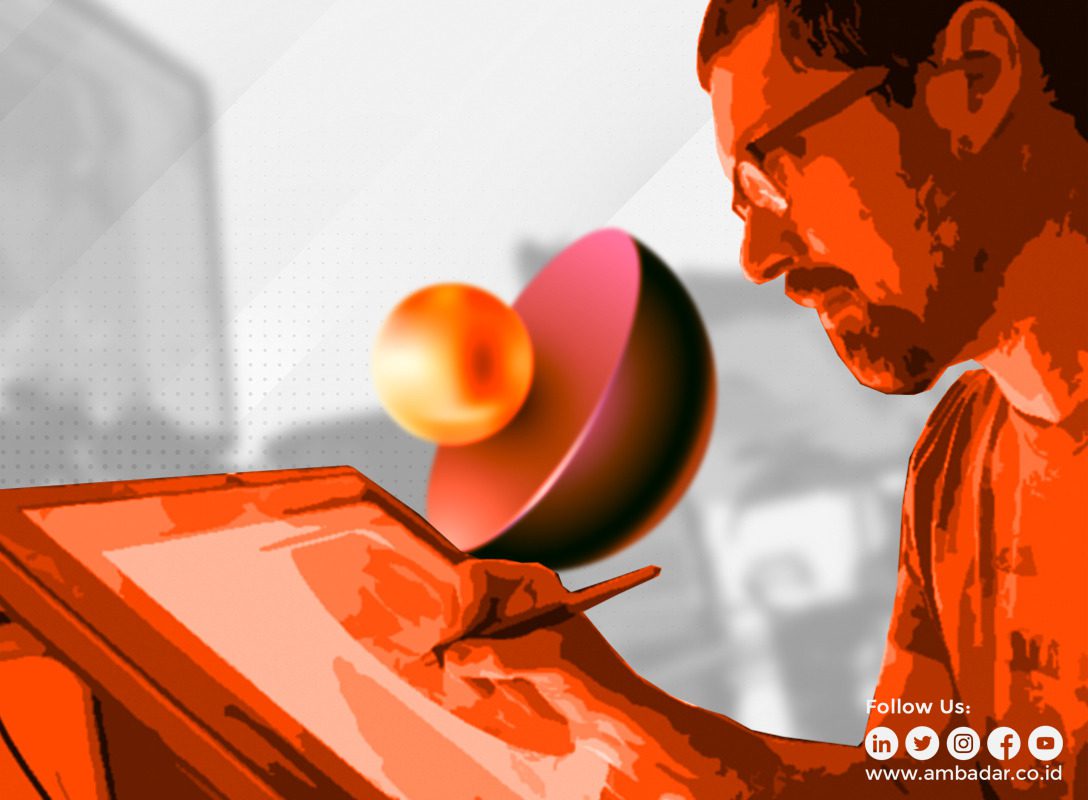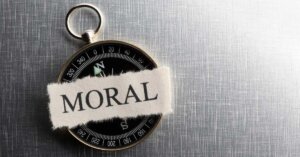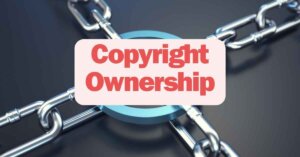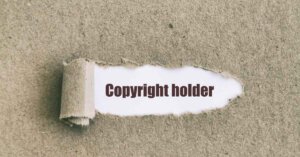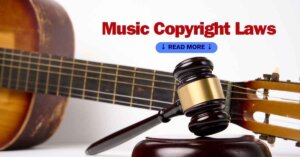Animation, the ever evolving part of the entertainment industry in the form of moving images that keeps gaining popularity. The animation industry is capable of giving huge amounts of profit to countries if handled properly. We can take the Japanese animation industry as an example of what is considered a successful animation industry.
Japan’s animation industry didn’t just explode domestically, it has not only exploded, but also spread to other countries. According to data obtained from Statista, in the year 2020, Japan’s animation industry managed to generate JPY 1,24 trillion from overseas marketing. Meanwhile, domestically, most of the income came from merchandising with a total of JPY 582 billion.
The use of the animation industry can generate a lot of profit if it is done with a good system which optimizes commercialization.
When talking about the commercialization of animation, we need to touch up on how animation is made. It wasn’t made by one individual, or even two. There are several parties who work behind the scenes to create the final product which is animation.
Since creators have inherent rights which are protected by the Copyright Law, how does an animation studio or company protect their commercial interests, which of course will be related to the use of the creator’s works? Let’s talk about that.
How Do Animation Studios Commercialize Animation?
Before discussing the Intellectual Property management mechanism, it should be emphasized that according to Article 36 of the Copyright Law, the work produced in an employment relationship belongs to the party who created it. We can draw the conclusion that the party who owns the Copyright in a working relationship with the animation company is the creator or employee who created it.
Since we are talking about the commercialization of animation, the focus of this article is towards economic rights. Article 8 of the Copyright Law defines these types of rights as follows: “Economic rights are the exclusive rights of the Author or Copyright Holder to obtain economic benefits from the Works”. Economic rights can be owned by creators, copyright holders, or parties granted permission by one of those parties (Article 9 paragraph (2) of the Copyright Law).
How do parties who are not creators, an animation company for example, obtain economic rights to commercialize their products?
Use of the work by non-authors may be done if permitted by the creator, or if you are the copyright holder. Basically, the Copyright holder is the party who creates, obtains rights from the creator, or further receives rights from the party who legally receives the Copyright (Article 1 point 4 UUHC).
Copyright Holders obtain Copyright through one of the following transfer methods:
- Inheritance;
- Grant;
- Waqf;
- Will;
- Written agreement; or
- Other reasons that are justified in accordance with the provisions of the legislation.
Therefore, through written agreement, an animation company can be a Copyright holder. Of course, being a copyright holder means the company is now able to exercise their economic rights in the form of commercializing animation or other products related to the animation (i.e. merchandise). Please note that the agreement may state that the transfer of Copyright is done in whole or in part.
Apart from Copyright, in the animation industry, there are also related rights. Similar to Copyright, related rights can also be transferred through a written agreement.
The existence of a mixture of Intellectual Property rights in animation companies is why it is necessary for Intellectual Property Management to be present within these companies. IP management will carry out the explanation or arrangement of IP ownership based on the contract as described in the discussion above. As a result, the company avoids the risk of legal dispute. However, that is not all that will be obtained from the presence of IP Management.
The Role Played by IP Management in The Commercialization of Animation
Intellectual Property Management is a fundamental activity in the commercialization of animation products. This is because the main question that IP Management wants to answer is, “How can the company’s IP be utilized optimally to provide high revenue?”.
Of course, commercialization of animation cannot be carried out optimally without touching the issue of Intellectual Property protection. Therefore, it can be said that the main objective of Intellectual Property Management is to provide protection to the company’s IP in order to expedite and protect the commercialization process.
Based on information obtained from IP Talks: Pop HC, IP Management is divided into three strategies, namely:
- IP Policy
Within an animation company, there must be IP Management that ensures that IP policies are adhered to, said policies may come internally and/or externally (government). The IP policy consists of several stages, namely the identification of IP (classifying IP, documenting IP), evaluation of IP (assessing the role of IP in the company’s future), IP protection (license/contract), IP risk mitigation (providing clarity regarding IP ownership) and commercialization of IP (sales, licenses).
- IP Institution
The IP department can be in the form of an independent department that reports only to the Board of Directors, a legal-oriented department which combines IP department with legal department reporting to the head of the department, or a technology-oriented department which combines IP department with technology administration department.
- IP Administration
Record and document all IP activities within an animation company. The recording here means the recording in the company and the DGIP. Recording in the company can be done before registering to DGIP.
The conclusion that can be drawn here is that the existence of several Intellectual Property in one creation of animation causes the need for a clarification of Intellectual Property ownership in the company. Once contracts have been made and lines have been drawn, companies still need to not only optimize the commercialization of their animation products, but also optimize the protection of the company’s Intellectual Property. This is where the advantages of IP Management emerge.
IP management, if present and implemented, will protect the interests of the company’s Intellectual Property which will lead to the optimization of animation commercialization activities. If you have further questions regarding this topic, don’t hesitate to contact us via marketing@ambadar.co.id. We’ll be sure to get back to you.
Source(s):
- Law Number 28 of 2014 concerning Copyright
- IP Talks: Pop HC (Intellectual Property Management of Animation Products)

